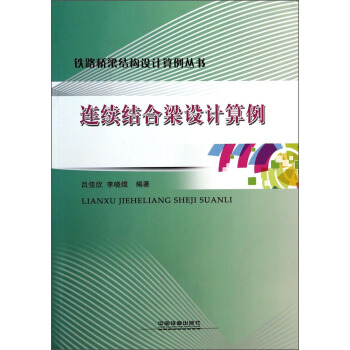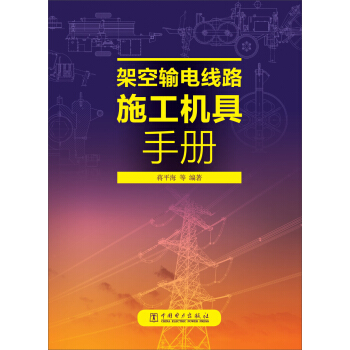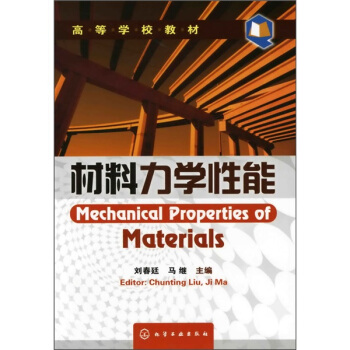

具体描述
内容简介
《材料力学性能》是根据教育部最新颁布的课程教学基本要求和课程改革的精神编写的,以英文为表达形式,在内容和形式上有较大的更新,为材料性能学课程开展双语教学提供适用教材。全书共十章,以工程材料的强度—硬度—塑性—韧性力学性能为主线,前七章详细阐述金属材料的力学性能,后三章分别阐述高分子材料、陶瓷材料和复合材料的力学性能,重点阐述工程材料在静载荷、冲击载荷和交变载荷及在环境介质(高温和腐蚀条件)作用下的力学性能,并从断裂力学的角度出发,重点阐述工程材料的抗断裂性能等。《材料力学性能》以阐述宏观规律为主,将宏观规律与微观机理相结合,同时强调理论与实际相联系。
《材料力学性能》作为机械类和材料类学生的专业基础课程材料性能学的教学用书,适用于48~64学时教学,主要面向机械类和材料类专本科学生,也可供近机类和近材料类专业选用,还可供有关工程技术人员学习参考。
目录
Chapter 1 IntroductionChapter 2 Mechanical Properties of Metals
2.1 Introduction
2.2 Concepts Of Stress And Strain
2.3 Stress-Strain Behavior
2.4 Anelasticity (or Viscoelasticity)
2.5 Elastic Properties of Materials
2.6 Tensile Properties
2.6.1 Yield Strength
2.6.2 Tensile Strength
2.6.3 Ductility
2.6.4 Toughness
2.6.5 Resilience
2.7 True Stress And Strain
2.8 Elastic Recovery After Plastic Deformation
2.9 Compressive, Shear, And Torsion Deformation
2.10 Hardness
2.10.1 Brinell Hardness Tests
2.10.2 Rockwell Hardness Tests
2.10.3 Knoop and Vickers Microindentation Hardness Tests
2.10.4 Correlation Between Hardness and Tensile Strength
SUMMARY
IMPORTANT TERMS AND CONCEPTS
REFERENCES
QUESTIONS AND PROBLEM
Chapter 3 Micro-fracture of metals
3.1 Introduction
3.1.1 Ductile fracture
3.1.2 Brittle fracture
3.2 Process of fracture
3.2.1 Crack Nucleation
3.2.2 Ductile Fracture
3.2.3 Brittle fracture
SUMMARY
IMPORTANT TERMS AND CONCEPTS
REFERENCES
QUESTIONS AND PROBLEMS
Chapter 4 Principles of Fracture Mechanics
4.1 Introduction
4.2 Theoretical Cleavage Strength
4.3 Stress Concentration
4.3.1 Stress Concentrations
4.3.2 Stress Concentration Factor
4.4 Griffith Criterion of Fracture
4.5 Fracture Toughness
4.5.1 Hypotheses of LEFM
4.5.2 Crack-Tip Separation Modes
4.5.3 Stress Field in an Isotropic Material in the Vicinity of a Crack Tip
4.5.4 Details of the Crack-Tip Stress Field in Mode I
4.5.5 Plastic-Zone Size Correction
4.6 Fracture Toughness Parameters
4.6.1 Crack Extension Force G
4.6.2 Crack Tip Opening Displacement (CTOD)
4.6.3 J Integral
4.6.4 R Curve
4.6.5 Relationships among Different Fracture Toughness Parameters
4.7 Impact Fracture
4.7.1 Impact Testing Techniques
4.7.2 Ductile-to-Brittle Transition
SUMMARY
IMPORTANT TERMS AND CONCEPTS
REFERENCES
QUESTIONS AND PROBLEMS
Chapter 5 Fatigue of metals
5.1 Introduction
5.2 Cyclic Stresses
5.3 The S-N Curve
5.4 Crack Initiation and Propagation
5.5 Factors That Affect Fatigue Life
5.5.1 Mean Stress
5.5.2 Surface Effects
5.5.3 Design Factors
5.5.4 Surface Treatments
5.6 Environmental Effects
SUMMARY
IMPORTANT TERMS AND CONCEPTS
REFERENCES
QUESTIONS AND PROBLEMS
Chapter 6 Creep of metals
Chapter 7 Corrosion and Degradation of Metals
Chapter 8 Mechanical properties of ceramics
Chapter 9 Mechanical properties of Polymers
Chapter 10 Mechanical properties of Composite Materials
用户评价
坦白说,《材料力学性能》这本书的厚度让我一开始有些望而却步,但当我真正开始阅读后,便被其内容的精炼和逻辑的严谨所深深吸引。作者在讲解材料的力学性能时,不仅提供了大量的理论公式和推导过程,更注重与实际工程应用的结合。例如,在讲解应力集中效应时,书中通过对不同形状和几何缺陷的结构进行有限元分析的模拟结果展示,清晰地揭示了应力集中的危害,并提供了避免或减小应力集中的设计建议,这对于工程设计人员来说,具有极高的参考价值。我尤其喜欢书中关于复合材料力学性能的章节,作者详细阐述了纤维、基体以及界面之间的相互作用如何影响复合材料的整体力学行为,并介绍了各种复合材料的增强机理和设计方法。这对于我目前正在进行的一项复合材料结构设计项目,提供了非常宝贵的理论指导和技术支持。书中还对材料的动态力学性能,如冲击韧性、振动特性等进行了深入的探讨,这对于设计需要承受冲击载荷或具有特定振动响应的结构来说,至关重要。整本书的排版清晰,图表丰富,阅读起来体验非常好,不会让人感到晦涩难懂。
评分读完《材料力学性能》这本书,我最大的感受是它是一本真正能“教会”你东西的书。作者的讲解方式非常清晰,逻辑性极强,从最基础的概念到最复杂的理论,都循序渐进,丝毫不含糊。我尤其欣赏书中对实验数据和理论模型的结合。作者不仅给出了大量的实验结果,还用严谨的理论模型来解释这些结果,这让我能够更深入地理解材料的力学行为。例如,在讲解材料的蠕变行为时,书中不仅介绍了各种蠕变模型,还用实际的实验数据来验证这些模型的适用性,并分析了模型的优缺点。这对于我进行实际的蠕变性能预测和评估,提供了非常有力的工具。此外,书中对材料的疲劳裂纹扩展速率的预测,也给出了详细的方法和实例。这对于那些需要评估构件在循环载荷下服役寿命的工程师来说,无疑是一份宝贵的财富。这本书的实用性和指导性都非常强,让我感觉学到的知识能够立刻应用到实际工作中。
评分《材料力学性能》这本书,与其说是一本教材,不如说它是一扇通往材料世界奥秘的大门。作者以其深厚的学术功底和独到的教学方法,将枯燥的力学原理变得生动有趣。书中对材料的力学行为的描述,不仅仅停留在表面的数值,而是深入到材料内部的微观结构,解释了为何材料会表现出特定的力学特性。我印象深刻的是关于断裂韧性的章节,作者通过模拟裂纹扩展的过程,形象地展示了材料抵抗裂纹失稳扩展的能力,并详细介绍了各种断裂韧性测试方法及其原理。这对我理解材料在受到损伤后如何失效,以及如何设计更具抗损伤能力的结构,提供了深刻的洞察。书中对材料在高温、低温、高压等极端环境下的力学性能变化也进行了详尽的探讨,这对于那些需要在恶劣环境下工作的工程师来说,无疑是一份宝贵的财富。此外,书中对材料的设计与制造工艺如何影响其力学性能的讨论,也极具启发性。例如,热处理工艺、焊接工艺、加工工艺等都会对材料内部的组织结构产生影响,进而改变其力学性能。这本书的深度和广度,远超我之前的预期,它不仅满足了我对基础理论知识的渴求,更激发了我对材料科学更深层次的探索欲望。
评分《材料力学性能》这本书,最让我赞叹的是其对材料性能与微观结构之间关系的深刻揭示。作者不仅仅是描述材料宏观上的受力表现,更重要的是,他通过大量的实验数据和理论分析,阐明了微观结构(如晶体结构、晶粒大小、缺陷等)是如何决定材料的宏观力学性能的。我尤其喜欢书中关于陶瓷材料力学性能的章节。陶瓷材料通常脆性较大,但通过控制其微观结构,例如细化晶粒、减少孔隙,可以显著提高其断裂韧性。书中对这些调控方法的介绍,以及相应的实验验证,让我对陶瓷材料的应用有了新的认识。此外,书中对材料的相变和其对力学性能的影响的探讨,也让我印象深刻。例如,钢在不同热处理过程中的相变,会对其强度、硬度和韧性产生巨大的影响。这本书的深度和广度,让我得以从更根本的层面理解材料的力学性能。
评分这本《材料力学性能》读来真是一场酣畅淋漓的学术盛宴!我本来是抱着一丝忐忑的心情翻开的,毕竟“力学性能”这个词汇本身就带着一丝枯燥和晦涩的意味。然而,作者却以极其生动形象的笔触,将原本抽象的力学概念一一拆解,仿佛在我眼前构建起了一个个微观世界的精密模型。从最初的应力应变曲线,到金属的屈服、断裂,再到高分子材料的粘弹性行为,每一个章节都如同精心雕琢的艺术品。作者不仅深入浅出地阐述了各种材料在不同载荷下的响应机制,更巧妙地将理论知识与实际应用场景相结合。我尤其喜欢其中关于疲劳断裂的章节,书中通过大量的实例分析,让我深刻理解了材料在循环载荷作用下为何会发生失效,以及如何通过设计和材料选择来避免这一灾难性的后果。书中对实验方法的论述也十分详尽,从拉伸试验、弯曲试验到冲击试验,每一个步骤都讲解得一丝不苟,甚至连实验误差的分析都考虑到了,这对于我进行实际操作有着极大的指导意义。此外,作者在材料的微观结构与宏观性能之间的关联性上也做了深入的探讨,例如晶粒尺寸、位错密度等微观因素如何影响材料的强度和韧性,这一点让我受益匪浅,打破了我之前认为宏观力学性能与微观结构毫不相干的固有认知。这本书的图文并茂也是一大亮点,精美的插图和清晰的图表,极大地降低了理解难度,让我能够更直观地感受材料内部的应力分布和变形过程。总而言之,这是一本真正能够激发读者学习兴趣,并提供扎实理论基础和实践指导的优秀著作。
评分初次接触《材料力学性能》这本书,我最直观的感受便是其内容的丰富性和系统性。它并非简单地罗列各种力学参数,而是构建了一个完整的研究体系。从最基础的材料弹性模量、泊松比,到更复杂的塑性变形、蠕变、应力腐蚀开裂等现象,这本书都进行了详尽的阐述。作者在讲解时,逻辑清晰,层层递进,使得读者能够循序渐进地掌握复杂概念。我特别欣赏书中关于不同失效机制的分类和分析,例如脆性断裂、韧性断裂、疲劳断裂以及环境因素引起的失效等,作者都进行了深入的剖析,并给出了相应的预防措施。这本书的价值远不止于理论知识的传授,它更像是一本指导工程师和科研人员进行材料选择、性能评估和失效分析的实用手册。我曾经在工作中遇到过一个材料失效的问题,查阅了多篇文献也未能找到根本原因,后来偶然翻阅了这本书,其中关于应力腐蚀的章节,恰好解释了我遇到的现象,让我茅塞顿开,找到了解决问题的关键。书中对各种材料(如金属、陶瓷、高分子、复合材料)在力学性能方面的差异化介绍,也让我对不同材料的应用领域有了更清晰的认识。例如,为何某些金属合金适用于航空航天,而某些高分子材料则更适合制造医疗器械,这本书都给出了令人信服的解释。而且,书中还提及了材料的测试标准和规范,这对于确保实验数据的准确性和可比性至关重要,为我的实际工作提供了宝贵的参考。
评分这本书《材料力学性能》的出现,对我来说,简直是及时雨!我一直在寻找一本能够系统性地阐述材料在不同加载条件下行为的书籍,而这本书恰好满足了我的需求。它从最基本的应力、应变概念出发,逐步深入到材料的屈服准则、塑性流动、断裂力学等复杂领域。我尤其赞赏作者在讲解塑性变形时,引入了大量的显微组织演变图,让我能够清晰地看到材料在塑性变形过程中,位错的运动、滑移面的形成等微观机制,这对于理解材料的延展性以及如何通过合金化或热处理来改善其塑性,提供了直观的认识。书中关于疲劳寿命预测的部分,也让我受益匪浅。作者详细介绍了S-N曲线、Paris定律等关键概念,并结合实际工程案例,展示了如何利用这些理论来评估构件的服役寿命,这对于保证机械设备的可靠性和安全性至关重要。我曾参与过一个疲劳失效的案例分析,如果当时能提前参考这本书,或许就能更早地发现问题所在。此外,书中还探讨了材料的蠕变行为,特别是高温下材料的长期变形特性,这对于设计高温承载结构(如航空发动机部件)至关重要。这本书的理论深度和实践指导性都达到了相当高的水平,是一本值得反复研读的经典著作。
评分《材料力学性能》这本书,给我最大的感受就是其前沿性和实践性。作者不仅仅停留在对经典理论的阐述,还对一些新兴的材料力学领域进行了深入的探讨。我尤其对书中关于智能材料力学行为的章节印象深刻。例如,形状记忆合金、压电陶瓷等材料在外界刺激(温度、电场等)下表现出的特殊力学响应,作者都进行了详细的介绍,并展望了这些材料在未来工程应用中的巨大潜力。这让我对材料科学的发展趋势有了更清晰的认识。书中还对材料的微纳力学性能进行了初步的介绍,例如在纳米尺度下材料力学行为的特殊性,以及如何通过纳米技术来调控材料的力学性能。这对于那些致力于开发高性能、新功能的材料的研究人员来说,无疑是一份宝贵的启示。这本书的视野非常开阔,不仅涵盖了传统的材料力学知识,还触及了许多前沿的研究方向,为我打开了新的思路。
评分我必须说,《材料力学性能》这本书的章节划分和内容组织非常出色。它从最基础的力学概念讲起,逐步深入到更复杂的材料行为。我特别喜欢其中关于高分子材料粘弹性行为的讲解。作者通过形象的比喻和精美的图示,让我能够轻松理解高分子链的运动和松弛过程,以及这些过程如何影响材料的力学响应。书中对不同测试方法(如动态力学分析DMA、应力松弛实验)的详细介绍,也为我进行高分子材料的性能表征提供了有力的支持。我曾经在测试一种新开发的高分子材料时,对数据解读感到困惑,后来查阅了这本书,才恍然大悟。此外,书中对材料在不同温度和湿度环境下的力学性能变化也进行了详细的探讨,这对于许多依赖材料在特定环境下工作的应用来说,至关重要。例如,在户外使用的产品,就需要考虑材料在温度和湿度变化下的性能稳定性。这本书的理论严谨性与实用性兼备,让我受益匪浅。
评分《材料力学性能》这本书,给我的感觉是既有深度又有广度。它不仅仅是关于材料受力后的表现,更是深入到材料结构和内在机制的探究。我非常欣赏作者在讲解材料的塑性变形时,对晶体学原理的引入。通过解释位错的滑移和攀移,以及这些微观过程如何累积形成宏观的塑性变形,让我对材料的延展性有了更深刻的理解。书中关于金属材料的强化机制,如固溶强化、沉淀强化、晶界强化等,也讲解得非常透彻,并结合实际的合金设计案例,说明了如何通过这些机制来提高材料的强度和硬度。我曾遇到过一个关于材料强度不足的问题,阅读了这本书后,我明白了可以通过调整合金成分和热处理工艺来达到预期的强化效果。此外,书中对材料的疲劳和断裂行为的分析,也提供了非常实用的指导。作者不仅讲解了疲劳裂纹的萌生和扩展机制,还介绍了各种预测材料疲劳寿命的方法,以及如何通过材料选择和结构设计来提高材料的抗疲劳性能。这本书对于任何从事材料研发、产品设计和失效分析的人员来说,都是一本不可或缺的参考书。
相关图书
本站所有内容均为互联网搜索引擎提供的公开搜索信息,本站不存储任何数据与内容,任何内容与数据均与本站无关,如有需要请联系相关搜索引擎包括但不限于百度,google,bing,sogou 等
© 2025 book.tinynews.org All Rights Reserved. 静思书屋 版权所有

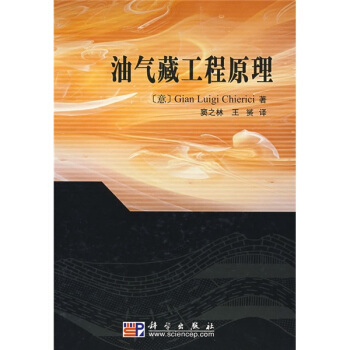

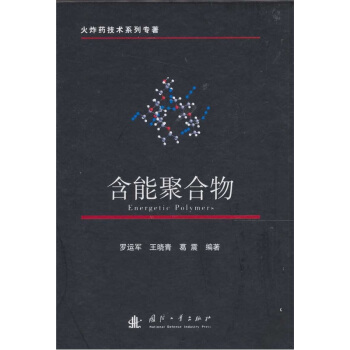
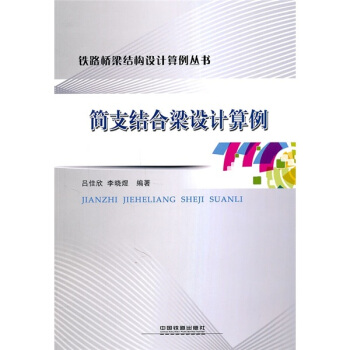
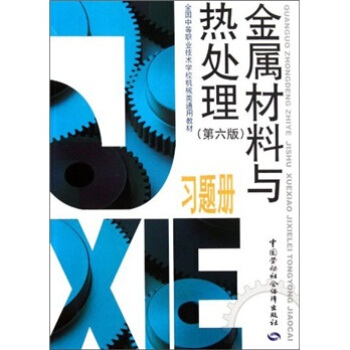
![铝冶炼生产技术手册(下册) [Technology Handbook of Aluminum Production] pdf epub mobi 电子书 下载](https://pic.tinynews.org/10843374/7af390ea-79e4-4c66-95f9-a139924300d3.jpg)
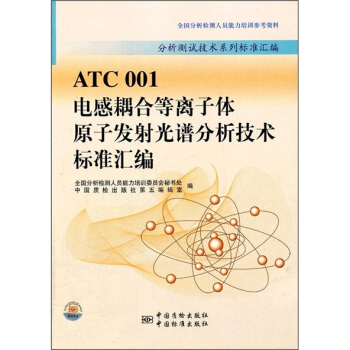


![冲压工艺及模具设计 [Sheet Metal Stamping Technology and Die Design] pdf epub mobi 电子书 下载](https://pic.tinynews.org/10983377/rBEGFk-x7X0IAAAAAADzRh4FGnQAAA7ygMfmyAAAPNe055.jpg)
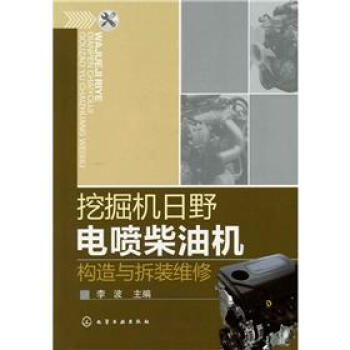
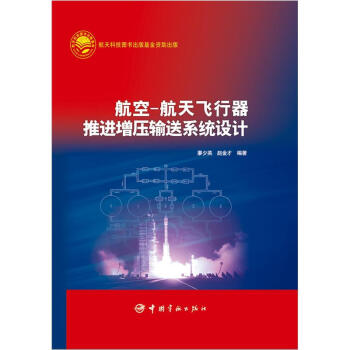
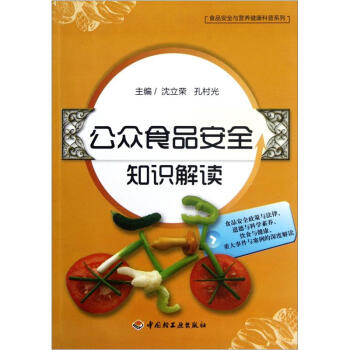
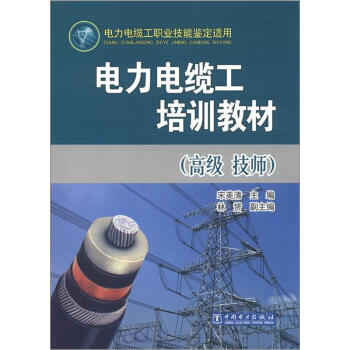
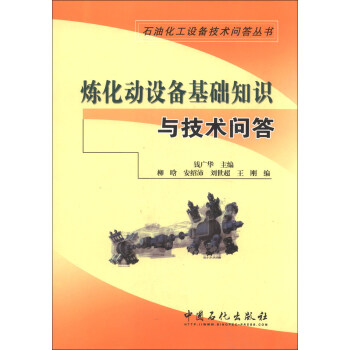
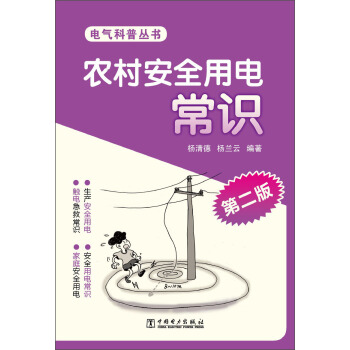
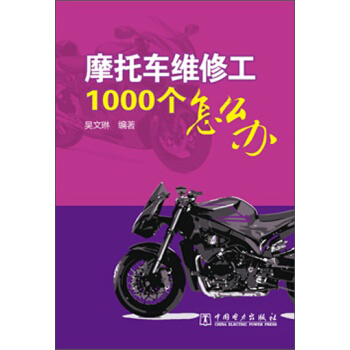
![轻质碳材料的应用 [Application of Lightweight Carbon Materials] pdf epub mobi 电子书 下载](https://pic.tinynews.org/11386847/rBEhWlL9jMAIAAAAAAIk742x1JoAAIfrwI4c9EAAiUH950.jpg)
